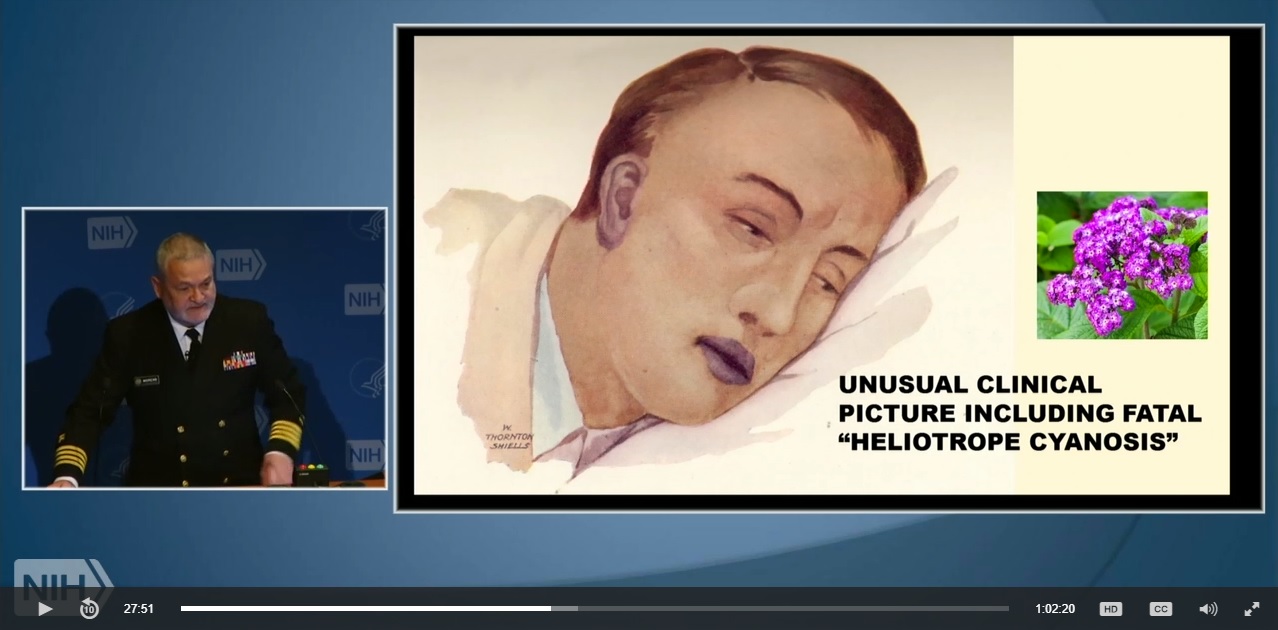
Video: The Mother (of all Pandemics) and Her Naughty Children
NIAID Now | April 13, 2018

Credit: GORDON BREWSTER
The Influenza of 1918 is shown as a grim reaper in this cartoon by Gordon Brewster.
Writing in his diary on September 27, 1918, Charles Corning of Concord, New Hampshire, described how flu was blazing through his corner of the world “as fire shrivels the fields, laying out communities and taking a toll of death unprecedented.” The next day, he observed, “A heavy sense of anxiety and apprehension like a dismal cloud in midsummer weighs heavily upon us because of the deadly ravages of the so-called Spanish influenza. Funerals jostle one another so the sable procession goes on.” That sable procession would eventually claim 167 lives in Concord and at least 50 million more around the globe—a toll of death unmatched by any other recorded disease outbreak before or since.
This extraordinary pandemic and what scientists still can learn from it was the topic of the 2018 John Ring LaMontagne Memorial Lecture by Dr. David M. Morens, Senior Advisor to the Director, NIAID. Dr. Morens described research in 2005 that reconstructed the genetic sequence of the 1918 virus and concluded that it was of avian origin. But exactly how, when, and where it made the jump to humans remains unclear. He also discussed current efforts to understand how and why new flu viruses with pandemic potential emerge as well as investigations aimed at developing new and better flu vaccines.























.png)











No hay comentarios:
Publicar un comentario